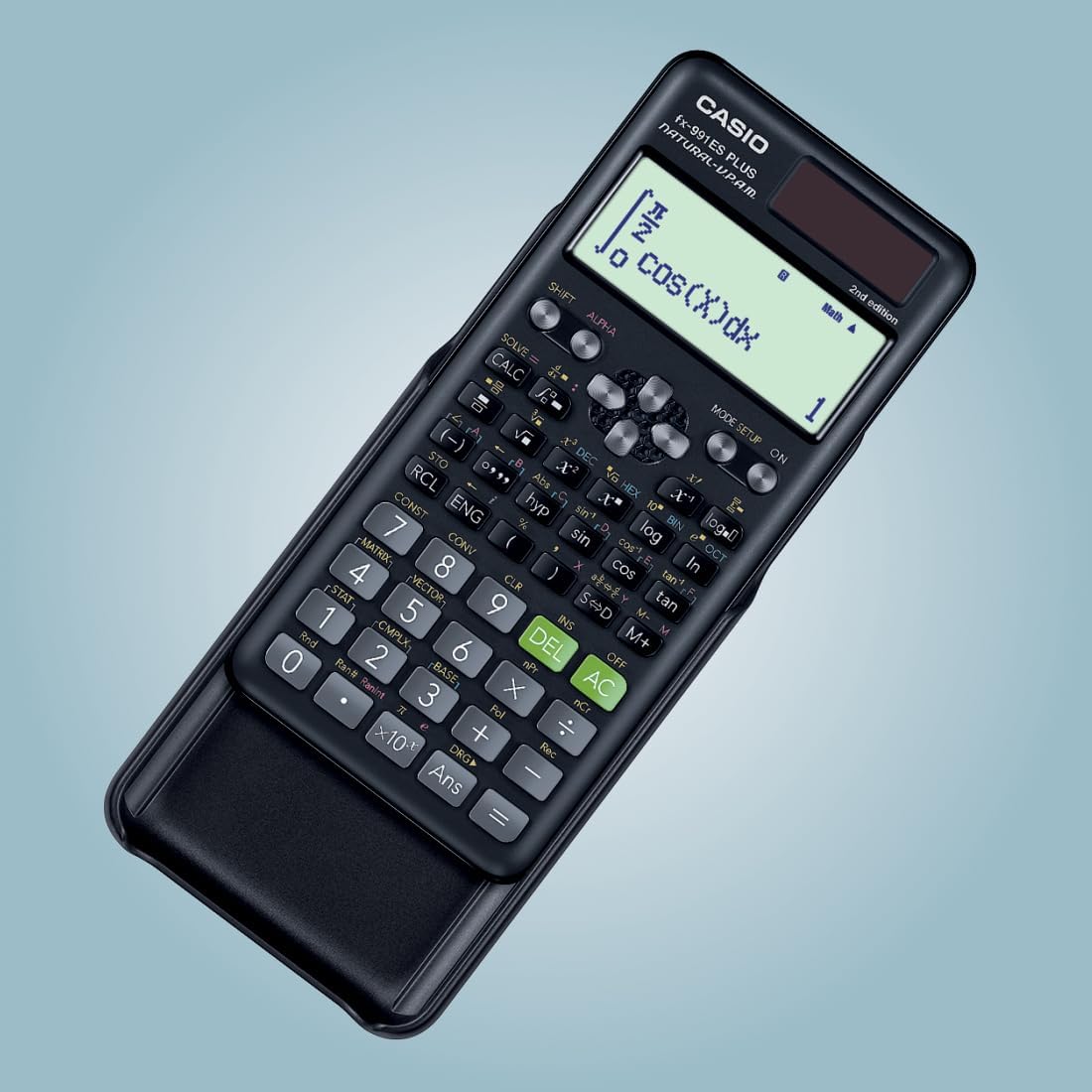ADR Calculator
Calculate Average Daily Rate (ADR) and key hospitality metrics including RevPAR, occupancy rates, and revenue projections for your hotel or vacation rental property.
Performance Metrics
Average Daily Rate (ADR)
Revenue Per Available Room (RevPAR)
Occupancy Rate
Monthly Revenue
Annual Revenue Projection
Understanding ADR Metrics
Average Daily Rate (ADR) is a crucial metric in the hospitality industry that measures the average revenue earned per occupied room during a specific period. It's essential for pricing strategies, performance benchmarking, and revenue management.
Key Performance Indicators
ADR (Average Daily Rate)
Formula: Total Room Revenue ÷ Room Nights Sold
ADR shows how much revenue you're generating per occupied room on average. Higher ADR typically indicates premium positioning or strong market demand. However, a very high ADR with low occupancy may indicate overpricing.
RevPAR (Revenue Per Available Room)
Formula: Total Room Revenue ÷ (Total Rooms × Days) OR ADR × Occupancy Rate
RevPAR is considered the most important metric in hospitality as it combines both rate and occupancy. It measures how efficiently you're filling your available rooms while maintaining profitable rates.
Occupancy Rate
Formula: (Room Nights Sold ÷ Total Available Room Nights) × 100
Occupancy rate shows what percentage of your available rooms are being sold. Industry benchmarks vary by market, but generally 60-80% is considered healthy. Very high occupancy (90%+) might indicate opportunity to increase rates.
How to Improve These Metrics
- Dynamic Pricing: Adjust rates based on demand, seasonality, events, and day of week to optimize both ADR and occupancy.
- Enhance Guest Experience: Quality service and amenities justify higher rates and encourage positive reviews, leading to increased bookings.
- Strategic Distribution: Use multiple booking channels (OTAs, direct bookings, corporate contracts) to maximize exposure while managing commission costs.
- Competitive Analysis: Monitor competitor rates and positioning to ensure your pricing is competitive yet profitable.
- Minimum Stay Requirements: Implement minimum stays during high-demand periods to maximize revenue and reduce turnover costs.
- Value-Added Packages: Create packages with meals, activities, or amenities to increase overall revenue per guest.
Industry Benchmarks & Best Practices
Understand Your Market Segment
ADR benchmarks vary significantly by market segment: luxury hotels ($200-$500+), upscale ($100-$200), midscale ($70-$100), and economy ($50-$70). Vacation rentals depend heavily on location, size, and amenities. Compare your metrics against similar properties in your market segment and location.
Balance Rate and Occupancy
Don't chase ADR at the expense of occupancy, or vice versa. A $150 ADR with 70% occupancy generates $105 RevPAR, while a $100 ADR with 90% occupancy only generates $90 RevPAR. Focus on maximizing RevPAR by finding the optimal balance between the two metrics.
Account for Seasonality
Most hospitality properties experience seasonal fluctuations. Track metrics separately for peak, shoulder, and low seasons. Use low season to perform maintenance and offer attractive packages to fill rooms. During peak season, prioritize ADR optimization over occupancy.
Note: ADR and related metrics help evaluate property performance and pricing strategy. These calculations provide estimates based on the information you enter and assume consistent performance throughout the projection period. Actual results may vary based on market conditions, seasonality, competitive landscape, and other factors. Historical data over multiple periods provides better insights for forecasting. Consider consulting with hospitality revenue management professionals for comprehensive analysis and strategy development.
Recommended Calculator

Casio FX-991ES Plus
The professional-grade scientific calculator with 417 functions, natural display, and solar power. Perfect for students and professionals.
View on Amazon